The Majestic Makli Necropolis in Sindh, Pakistan
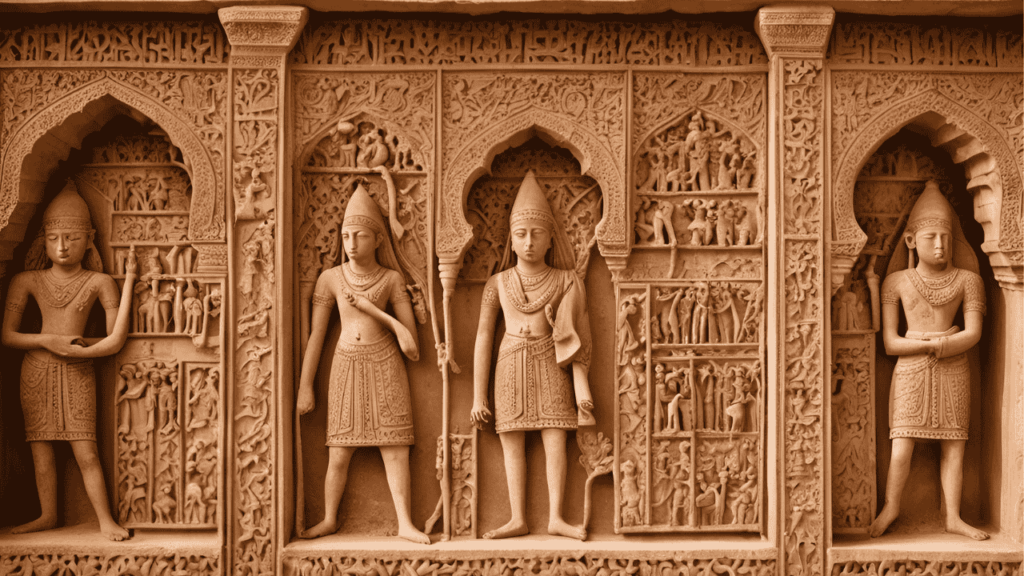
Introduction Makli Necropolis, located near Thatta in Sindh, Pakistan, is a historic cemetery like no other. Covering over 10 square kilometers, it’s one of the largest necropolises in the world. Makli’s graves hold the remains of over 500,000 people, spanning from the 14th to the 18th centuries. In 1981, UNESCO recognized its immense value and […]
The Spectacular Baltit Fort: A Jewel in Hunza Valley
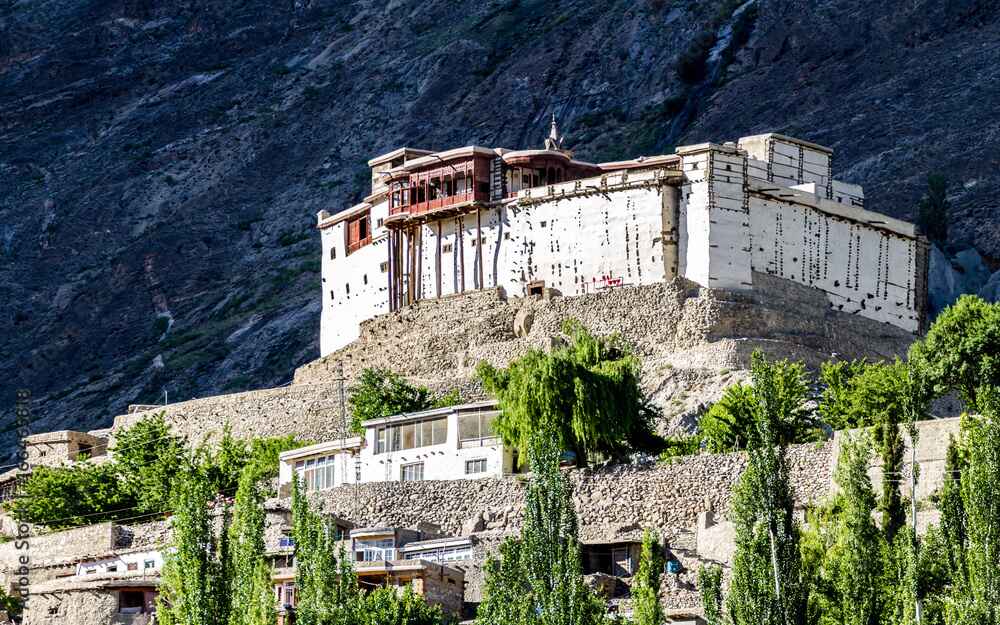
Introduction Nestled in the breathtaking Hunza Valley of northern Pakistan, the Baltit Fort is a symbol of the region’s rich cultural and historical heritage. This iconic landmark, perched atop a hill, offers stunning views of the surrounding mountains and valleys. Whether you’re a history enthusiast, a lover of architecture, or simply a traveler seeking adventure, […]
Hunza Cuisine : A Foodie’s Guide

Introduction Hunza, a beautiful valley in northern Pakistan, offers much more than scenic landscapes and natural beauty. The region’s cuisine is equally captivating, drawing from the fertile land, healthy lifestyle, and rich cultural heritage. Hunza’s food is simple, fresh, and full of flavors that make it a must-try for anyone visiting the area. The people […]
Camping Gear for Trekking in Northern Pakistan
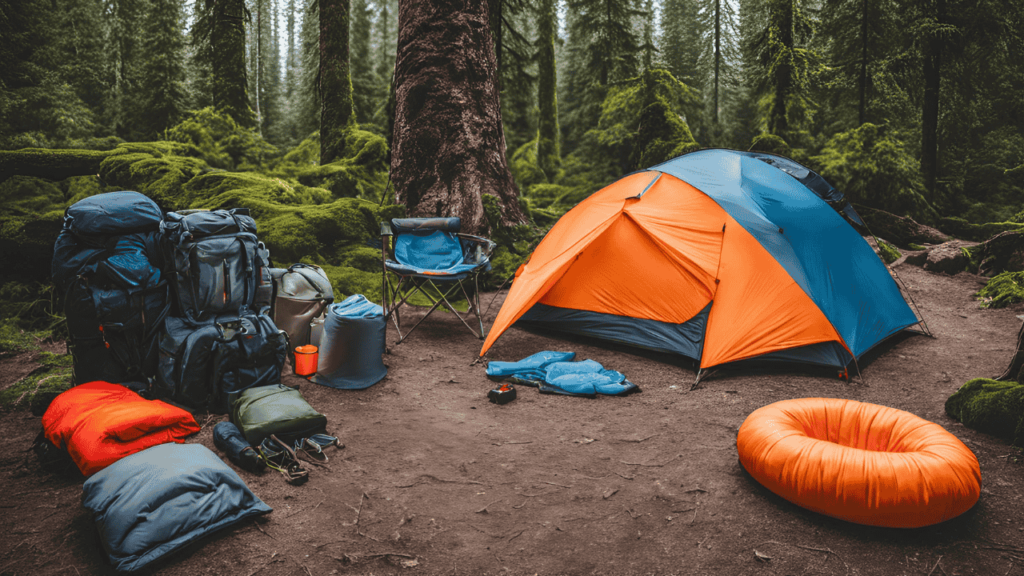
Northern Pakistan is a paradise for trekking enthusiasts. With its snow-capped peaks, lush valleys, and pristine rivers, the region offers an unparalleled experience for nature lovers. However, trekking in such remote and challenging terrains demands proper preparation and the right gear. This guide will help you pack all the essential camping gear you need for […]
Sampling the Famous Chana Chaat
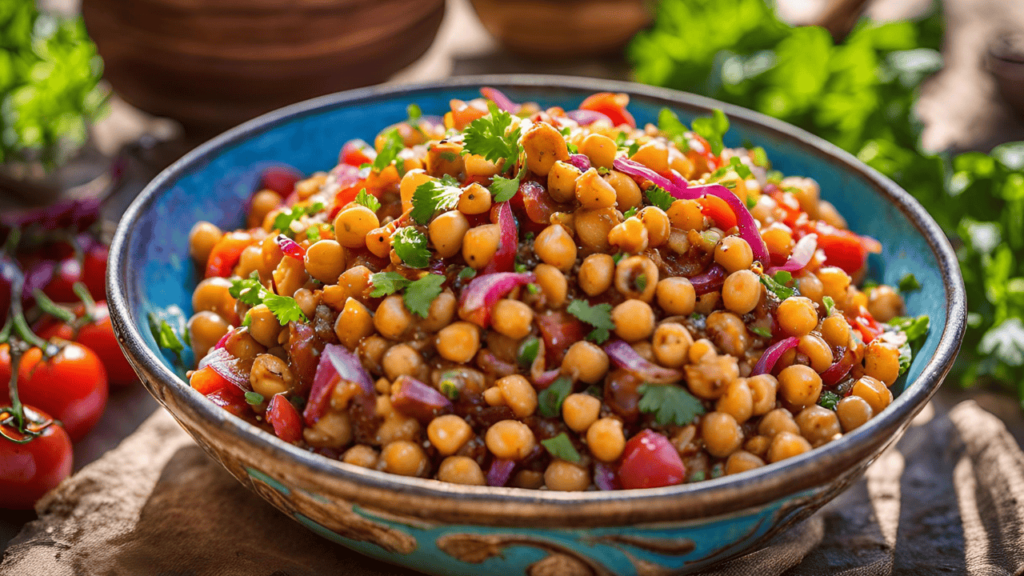
Chana Chaat, a beloved street food across South Asia, is a delightful mix of tangy, spicy, and savory flavors. Made with chickpeas, fresh vegetables, and a variety of spices, this dish is not only delicious but also packed with nutrition. Whether you’re wandering through the bustling streets of Karachi or enjoying an evening snack at […]
Savoring Sindhi Cuisine: Top 5 Dishes to Try
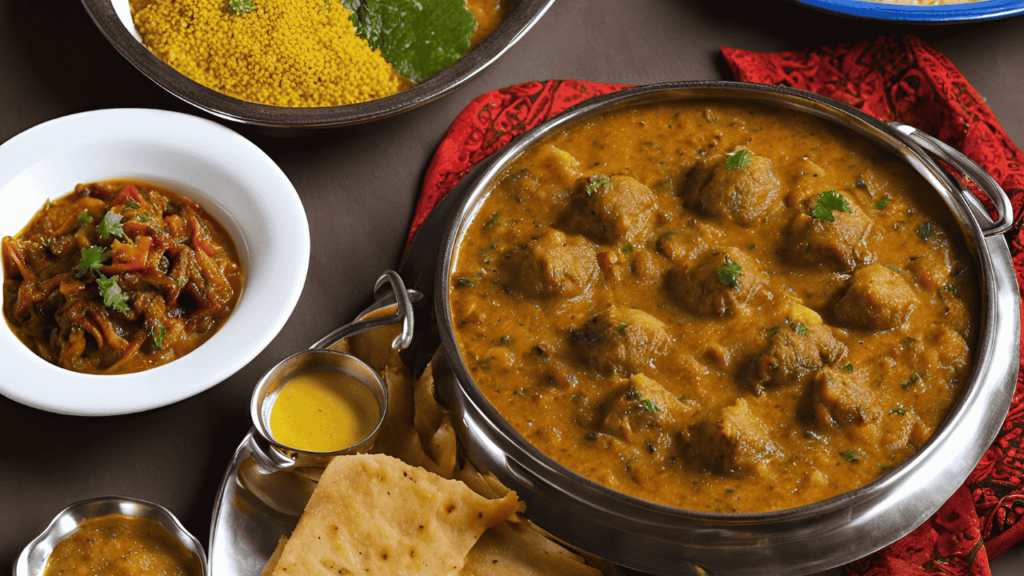
Sindhi cuisine takes you on a flavorful journey through the culinary traditions of Sindh, a province in Pakistan. The dishes reflect the vibrant culture and hearty food of the Sindhi people. Generations have passed down these recipes, making them a vital part of their heritage. Every bite delivers bold flavors and a connection to history […]
A Journey Through Famous Balochistan Sajji

Quetta, the capital of Balochistan, stands as a city filled with rich culture, history, and mouthwatering food. Among the many culinary delights this city offers, Balochistan Sajji shines as one of the most beloved and iconic dishes. If you ever visit Quetta, you must try Sajji. This traditional dish will introduce you to the region’s […]
The Famous Chapli Kebab of Peshawar
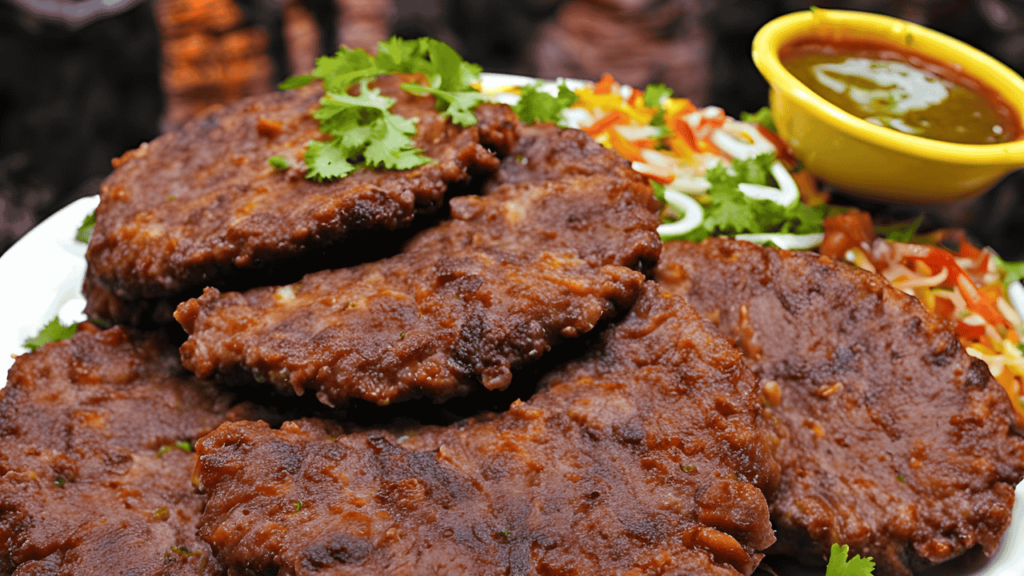
Chapli Kebab holds a special place in the heart of every meat lover in Pakistan. Known for its spicy flavors, juicy texture, and unique shape, this kebab is a hallmark of Peshawar’s rich culinary heritage. It is not just a dish; it is a cultural experience that reflects the hospitality and vibrant food traditions of […]
Traditional and Famous Food of Gilgit-Baltistan
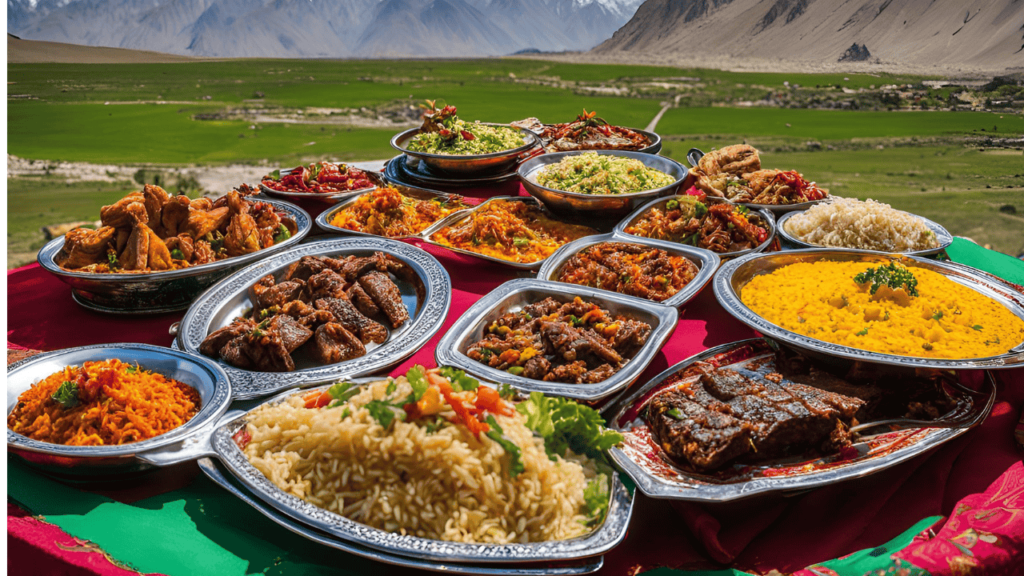
Gilgit-Baltistan, the northern region of Pakistan, not only offers breathtaking landscapes but also serves unique and delicious traditional cuisine. Moreover, the region’s cold climate, mountainous terrain, and rich cultural heritage shape its food. In addition, locals prepare these nutrient-packed, warm, and flavorful dishes using simple, locally sourced ingredients. Therefore, if you visit this stunning region, […]
Trip to Gwadar: The Future Port City
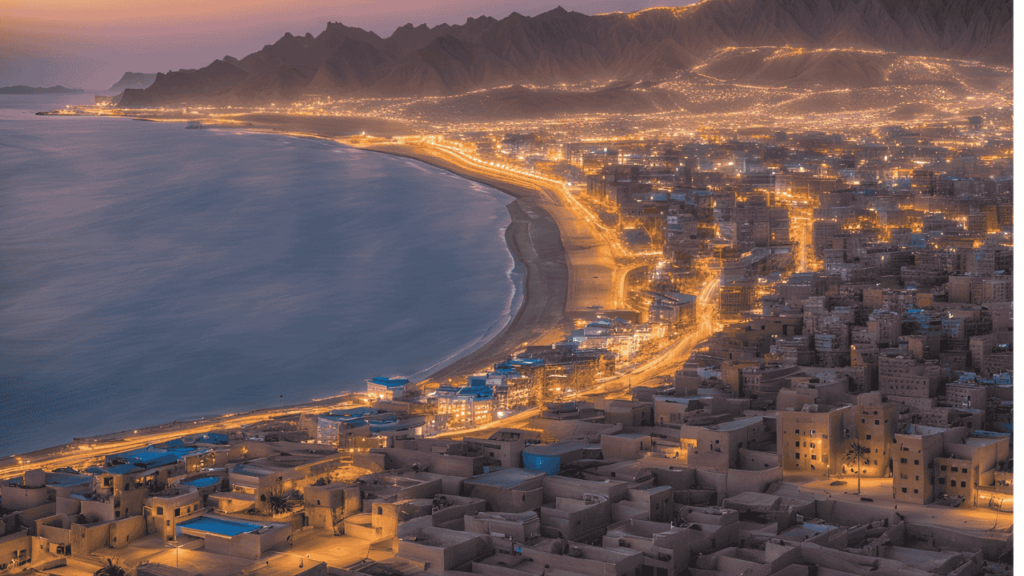
Gwadar, a beautiful coastal city in Balochistan, Pakistan, is quickly emerging as a major economic hub and a popular tourist destination. Known for its serene beaches, strategic location, and rapidly developing infrastructure, Gwadar offers visitors a unique blend of natural beauty and modern potential making us to recommend you a must trip to Gwadar. The […]